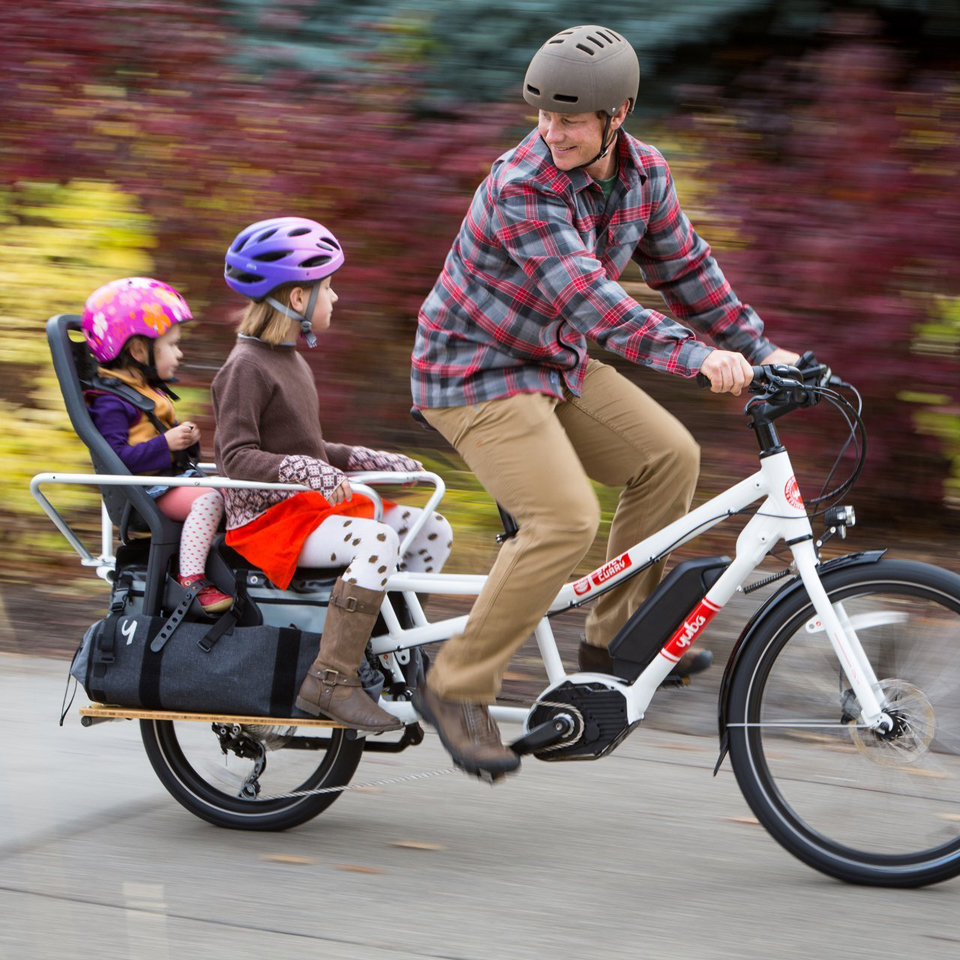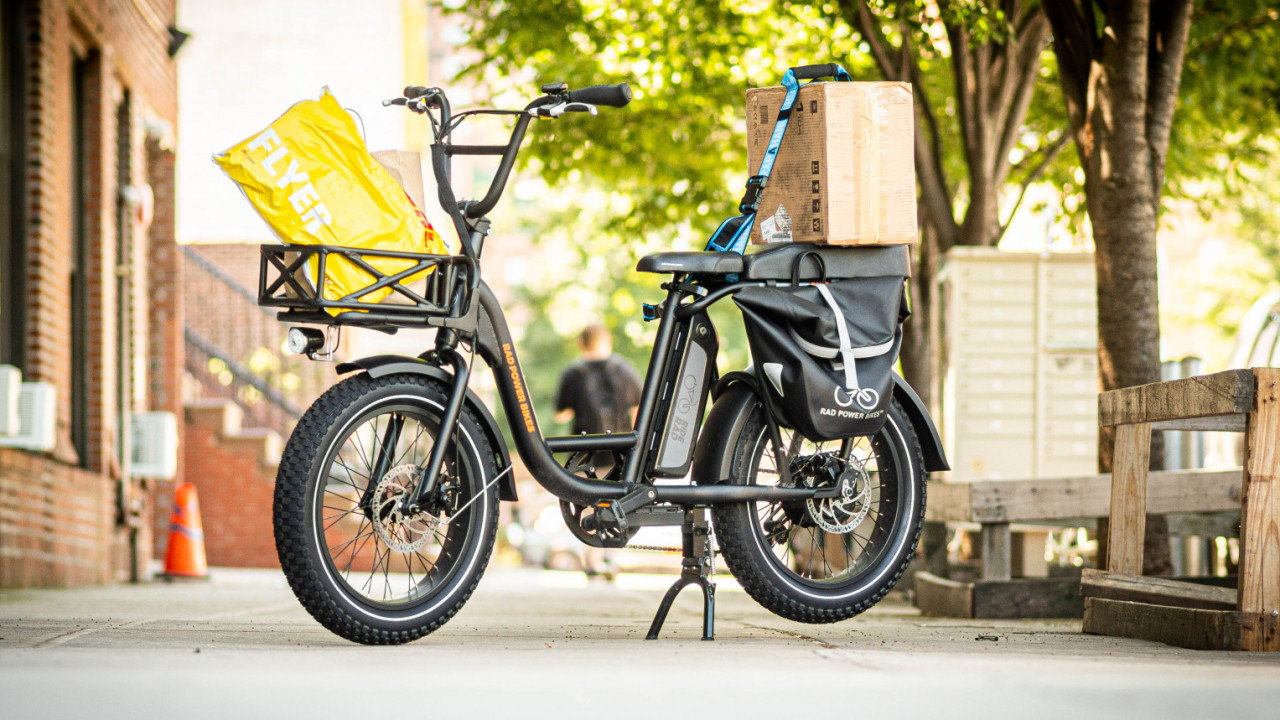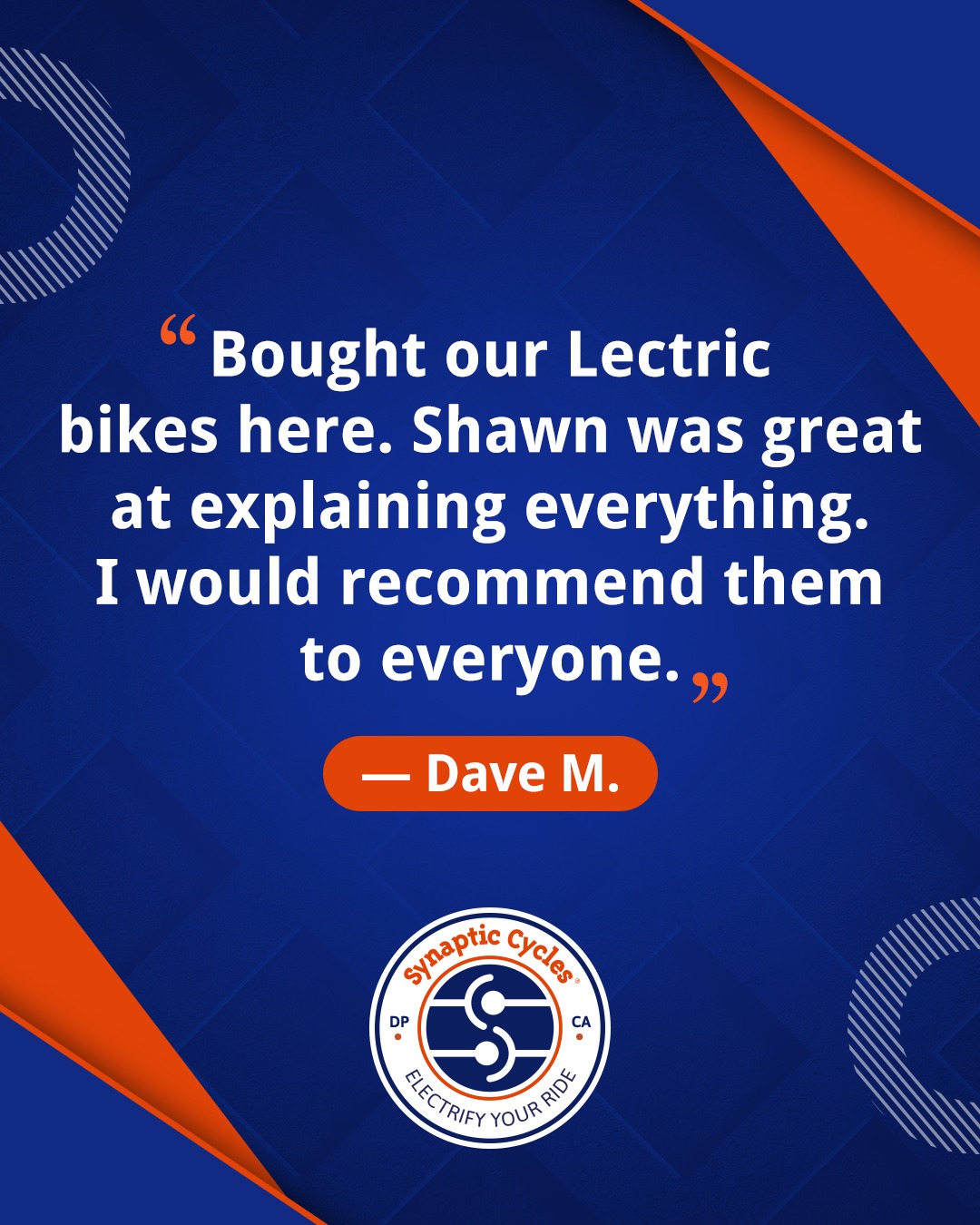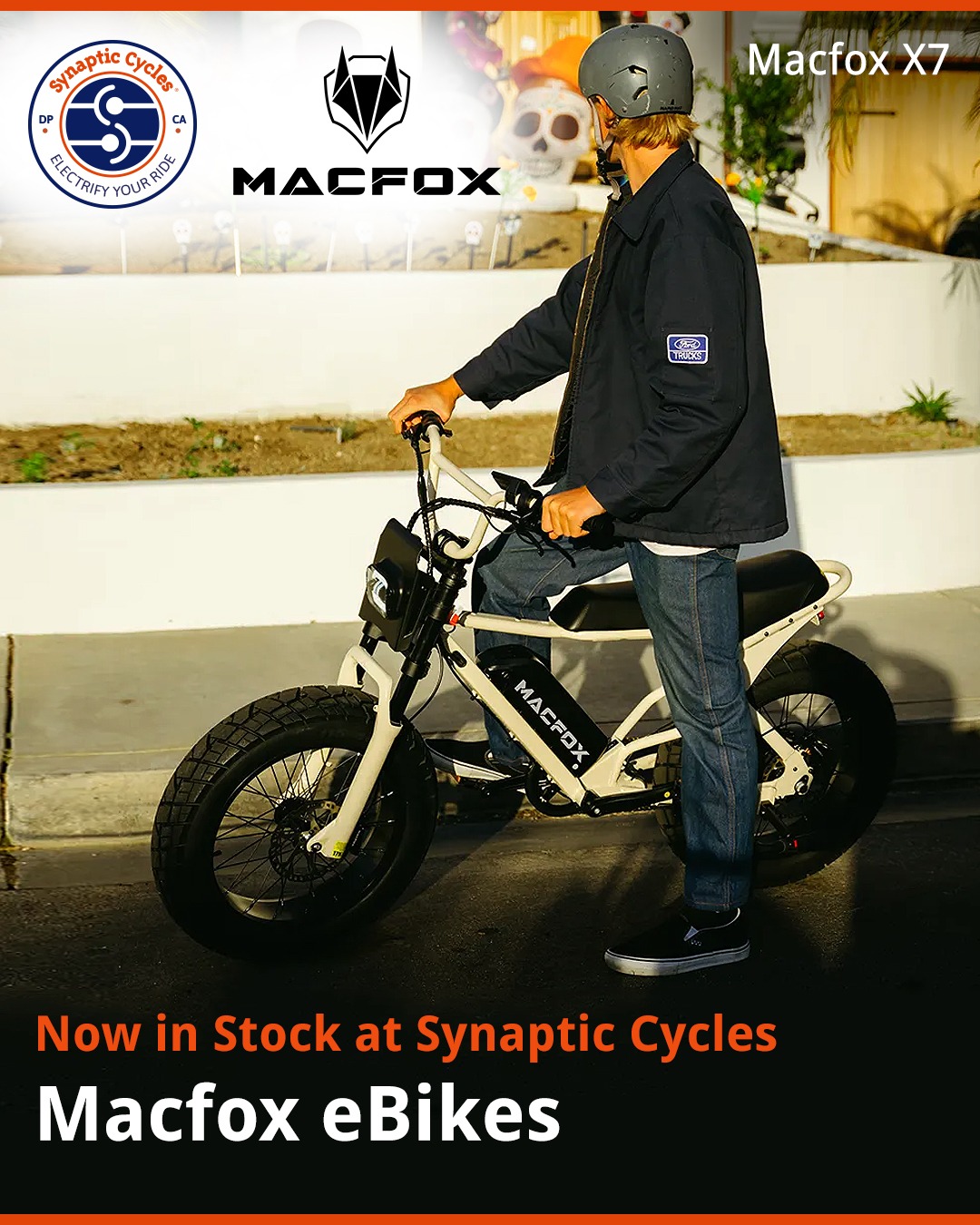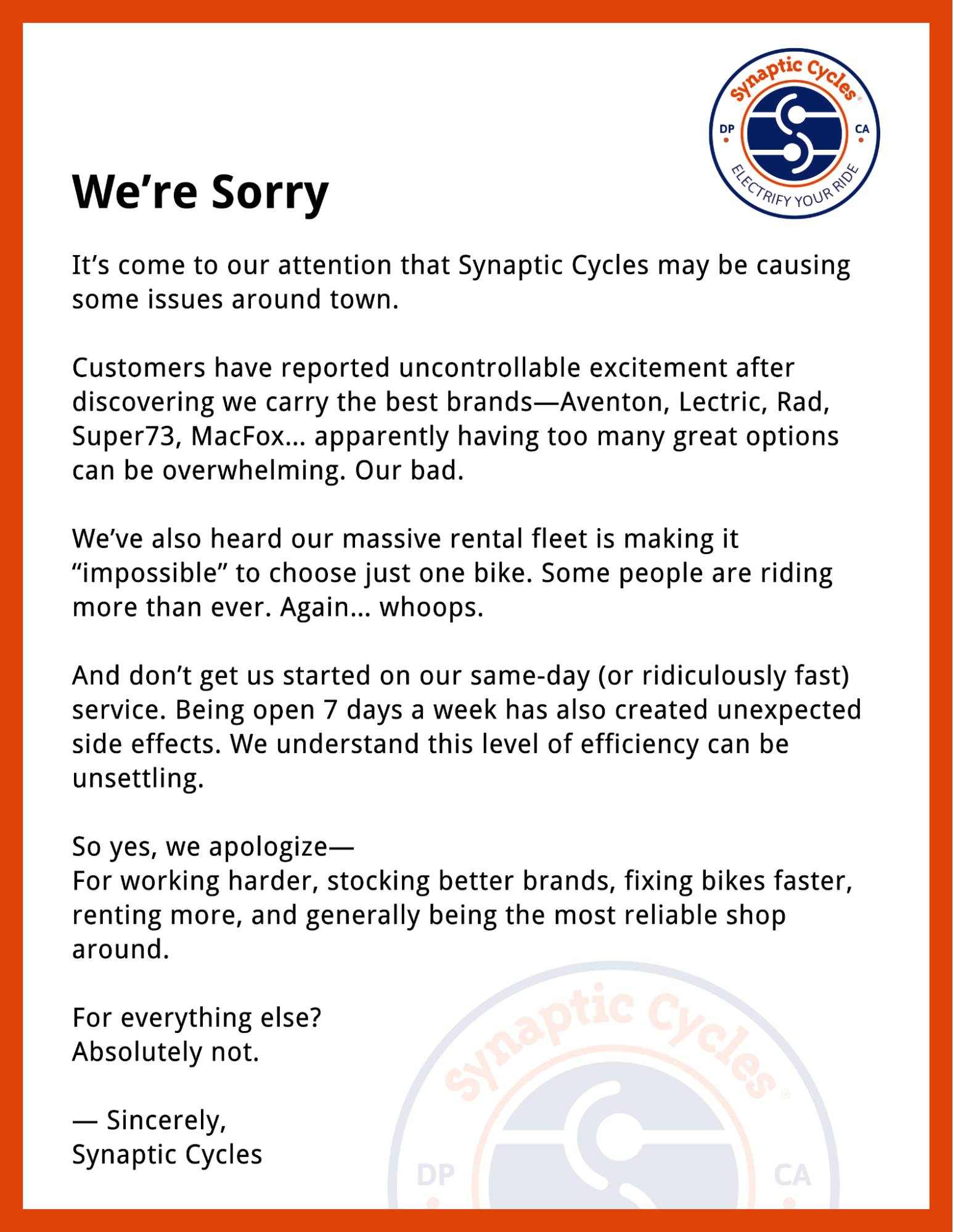Electric bikes are everywhere! Have you experienced the eBike thrill yet? If not, you should ride one! All of a sudden the possibilities are endless.
With an electric bike you can travel further, see more of the city, carry the kids, carry the dog, and the cooler to the beach. Are you tired of looking for parking or waiting for an Uber or Lyft ride? Take your electric bikes to lunch or dinner in the busy beach town and be more efficient with your time and money!
We’re here to shed some light on some of the questions you might have before making your eBike purchase.
1. What’s the whole point in buying or renting an electric bike?
The first thing you need to know is that eBikes usually have different modes. One of these modes involves pedal assist which requires you to pedal but with a lot less work and effort to reach a certain speed.
The other mode is the throttle option which doesn’t even require you to move anything other than a few hand muscles. There are plenty of reasons to buy an eBike and here are a few of them:
-
You have the ability to ride faster and travel further.
-
You can absorb more of your surroundings than you would on a regular bike.
-
It’s safer to have a motor that helps you accelerate at street intersections.
-
If you have bad knees or joint problems, this makes riding bikes effortless and pain-free.
-
If you get an eBike with a strong enough motor, you can load it up with blankets, food, kids, and dogs (except for Great Danes).
-
Do you live close enough to where you work? Then, you can commute to work on an electric bike and skip out on traffic and keep your gas money to yourself!
-
You can even send your kid to school on one of these bikes which would save you all the time you spend in traffic near your kid’s school.
-
Last but not least, they are a LOT of fun!
2. What’s the typical range on an eBike?
There are various factors that impact the range of an eBike. This depends on how powerful the motor is (anything over 500 Watts is more than enough for most users), the size of the battery, the type of terrain that you’re riding on, whether you spend most of the time covering uphills, downhills, or flat surfaces, the weight of the bike, and finally how much you weigh.
3. How much do they cost on average?
At the higher end of the spectrum, the average road or mountain eBike costs approximately $5,000 while cruiser or city eBikes which are less performance-focused fall in the $1,200-$2500 price point. We at Synaptic Cycles say the $1200-$1600 price point is where the value is.
4. How fast do they go?
The average speed on eBikes is around the 20 miles per hour mark but they can usually go as fast as 28 mph.
5. Why can’t they go faster than say 28 mph?
There are legal barriers to this matter. If an electric bike assists you past 28 mph, then it would be treated by law enforcement similar to a motorcycle that comes along with the hassle of licensing and registration paperwork. In addition to this, you would not be allowed on ANY bike paths either.
6. There are endless options, but how do I choose the electric bike that’s right for me?
There is no “one size fits all” but some key things to consider are obviously your budget, how often you plan on riding the bike, how far you want to travel each time, how fast you would like to go, and what you want to use it for (health, recreation, transportation and etc.). With these factors in mind, eBikes are split into 3 classes:
-
Class 1 Electric Bikes: These bikes come with an electric motor that kicks in ONLY when you pedal and it will not assist you once you reach 20 miles per hour.
-
Class 2 Electric Bikes: Class 2 eBikes come with both a pedal-assist mode that works up to 20 mph and a handlebar throttle.
-
Class 3 Electric Bikes: Such bikes are only equipped with the pedal-assist feature (similar to class 1 eBikes); however, the pedal assistance allows you to go as fast as 28 mph.
If we were to pick a class of eBikes, our choice would go to Class 2 because it gives you the option of a throttle which is especially useful when you’re stuck in sticky situations and allows you to get out of tough spots much more easily.
7. How much does each full charge cost?
It depends on what time of day you charge your electric bike. For instance, electricity is much cheaper after 9 PM while it peaks in price between 2 PM and 6 PM.
As a result of this variation in the price of electricity, each full charge will run you about 3 cents to 10 cents.
